Over the rainbow mountains
by Scott Dutfield · 18/10/2019
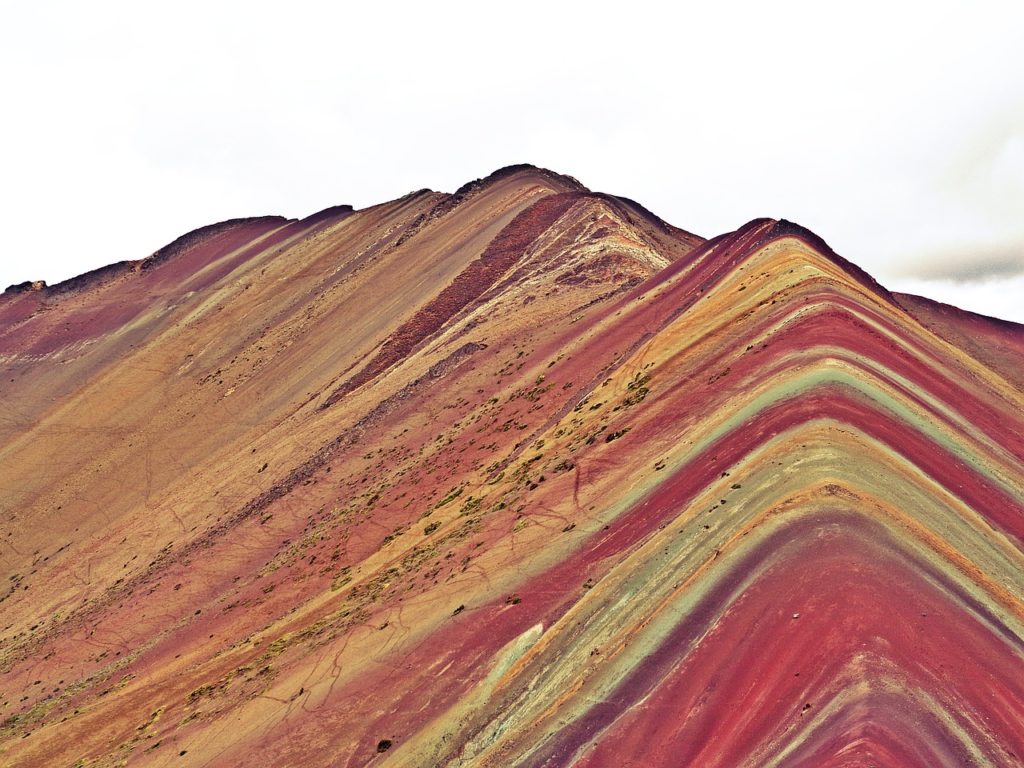
Discover the origins of the colours cascading over Peru’s iridescent Ausangate Mountain
Stretching over 7,200 kilometres along the western spine of South America, the Andes is the world’s longest mountain range. It spans seven countries, but it is in Peru where one mountain in particular stands out from its surroundings.
Around 100 kilometres from the Peruvian city of Cusco is Vinicunca Mountain, which looks as though it’s from the world of Dr Seuss rather than our own. Stripes of alternating yellows, reds and greens coat every undulation and edge of its rocky protrusions, giving the ‘Rainbow Mountain’ its nickname.
This multicoloured appearance is the result of millions of years of sediment layering. Over time, layers of different sediments with different mineral and chemical compositions (dependent on the environment at the time) covered one another. While exposed to Earth’s atmosphere, each layer’s composition reacts with the elements in the air, such as oxygen. It’s these interactions that produce the array of colours to form the mountain’s rainbow appearance. Iron-rich sediment creates the red iron oxide layers, iron sulphide is responsible for the yellow layers and chlorites produce the green.
The Andes formed around 6 to 10 million years ago when the oceanic Nazca Plate subducted (slid underneath) the continental South American Plate, causing uplift. It is thought that this tectonic interaction also generated a lot of volcanic activity, which could explain the presence of the mountain’s multicoloured minerals. Through millennia of further tectonic activity these sediment layers have been tilted on their side, so the stripes appear to run vertically.
Earth's vibrant formations
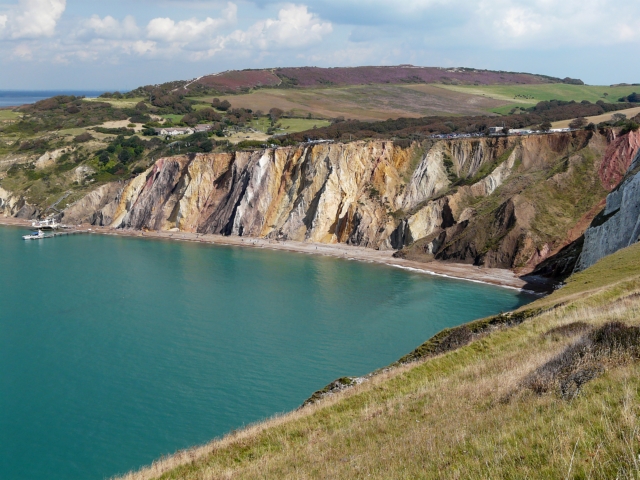
Alum Bay, UK
These clifftops are comprised of quartz, feldspar and mica, but due to contamination from other minerals the cliffs display a mottled array of reds, greens, yellows and browns.
Image credit : Graham Taylor
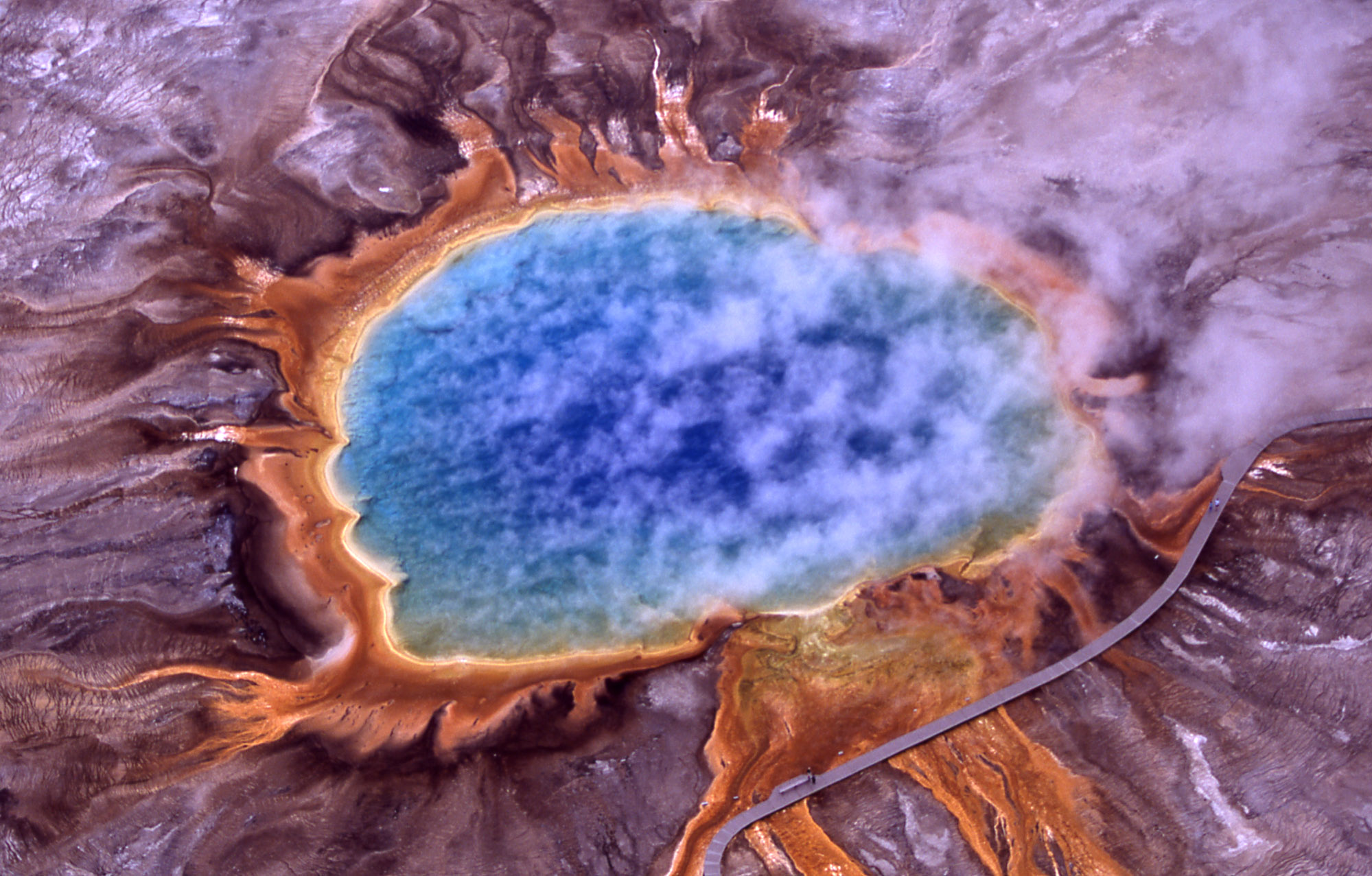
The Grand Prismatic Spring, USA
Found in Yellowstone Park, this spring hosts several species of bacteria, which contribute to its rainbow graduation.
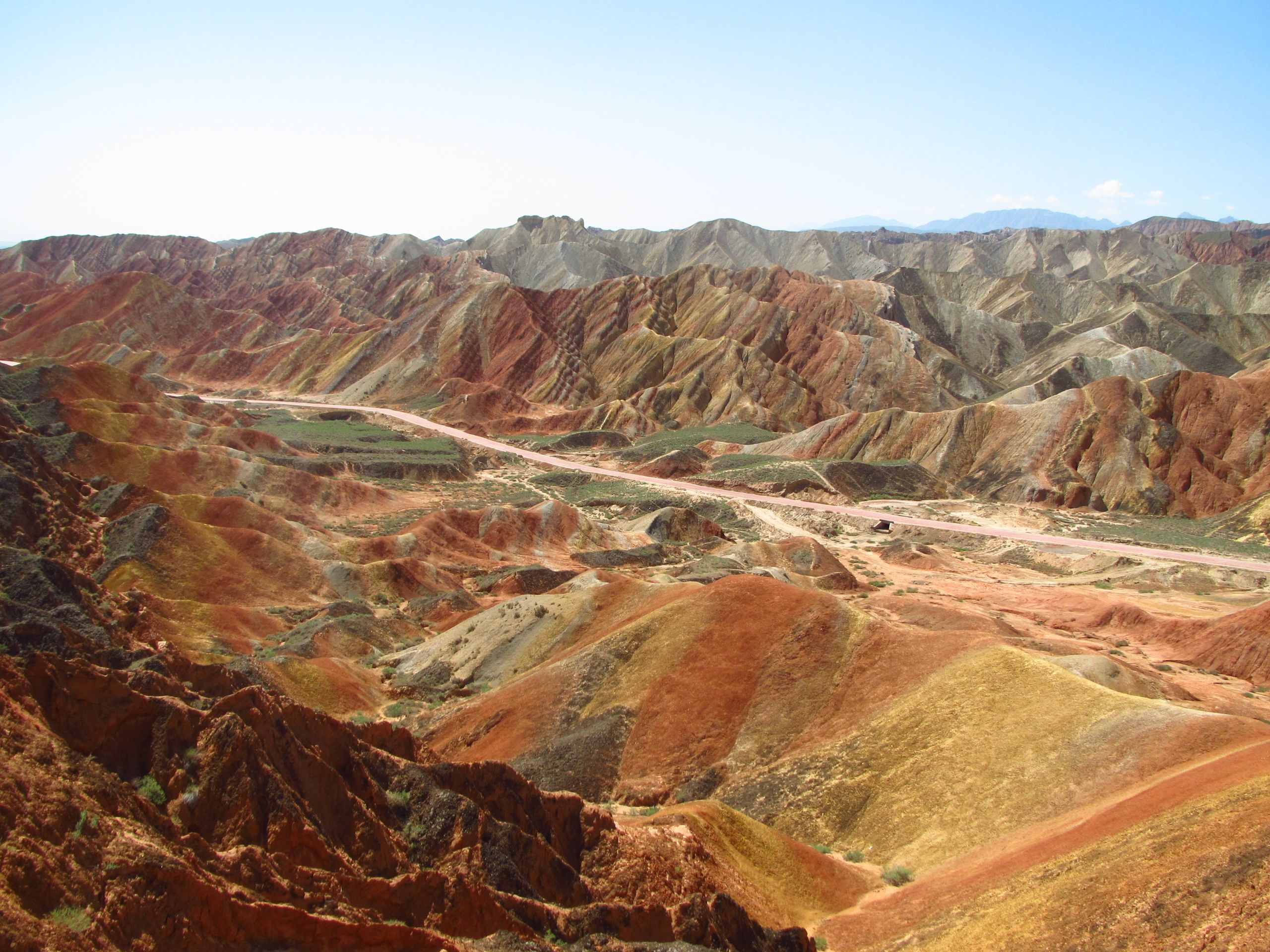
Zhangye Danxia, China
Known as the ‘The Rainbow Mountains of China’, these colourful creations of the Himalayas formed by a similar method to their Peruvian counterparts.
Image credit : YubYub41
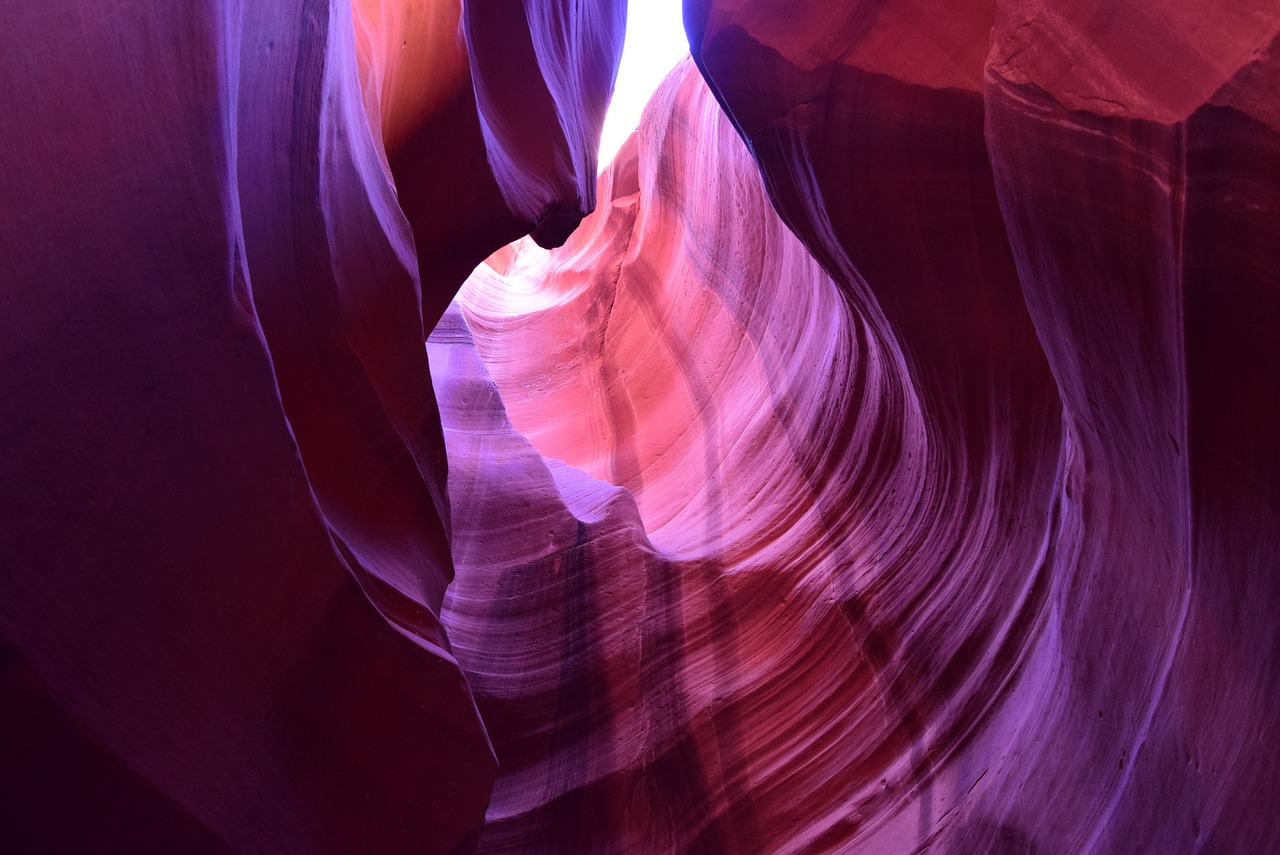
Antelope Canyon, USA
One of the most photographed places on Earth, this canyon’s flowing sandstone appears to change colour depending on sunlight, depth and the weather.
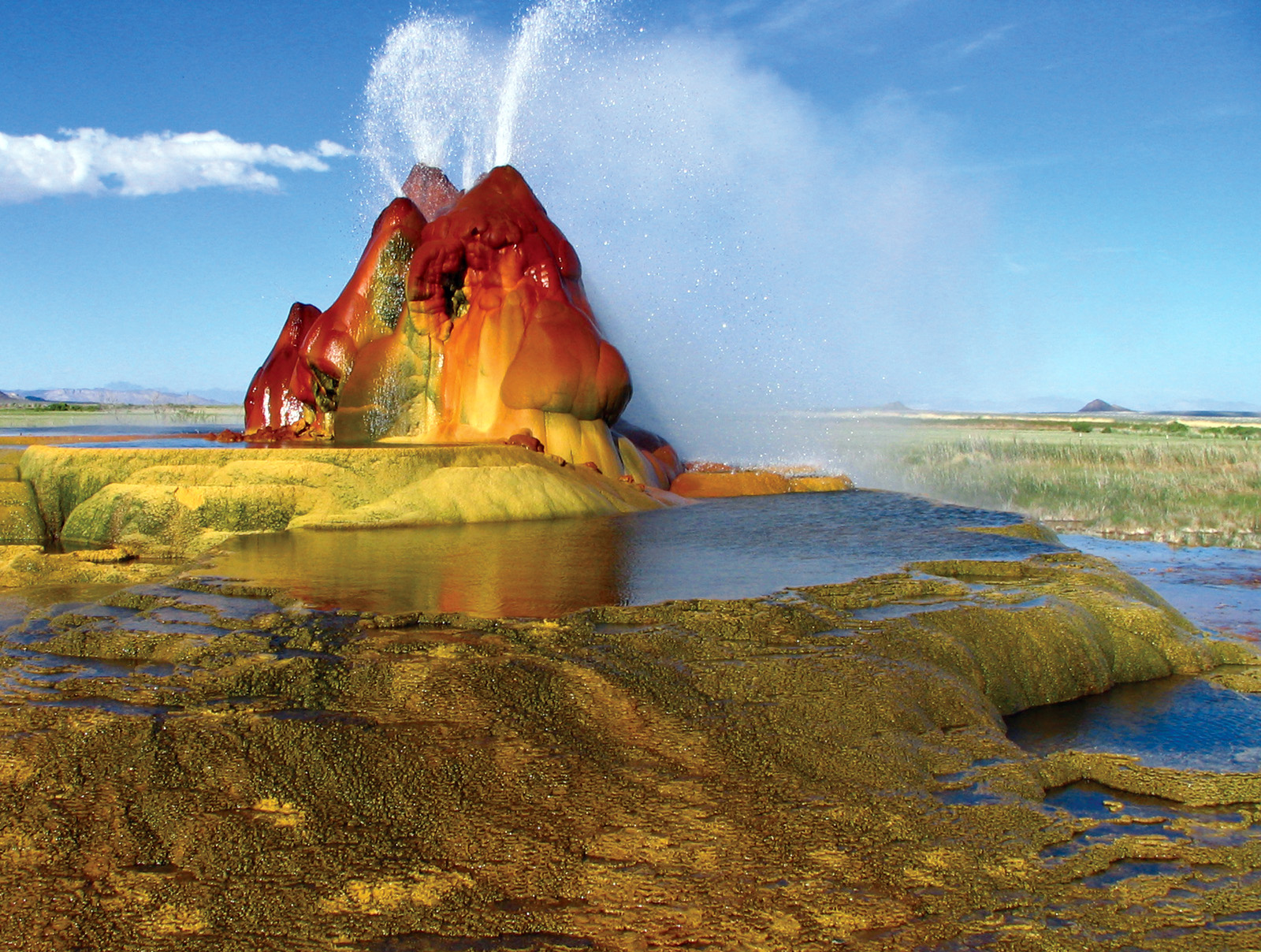
Fly Geyser, USA
This semi-artificial formation was a failed attempt at drilling a well; the geyser created its colourful cone structure as algae and minerals in the water collected on the surface.
This article was originally published in How It Works issue 119
For more science and technology articles, pick up the latest copy of How It Works from all good retailers or from our website now. If you have a tablet or smartphone, you can also download the digital version onto your iOS or Android device. To make sure you never miss an issue of How It Works magazine, subscribe today!





